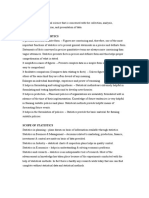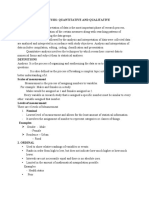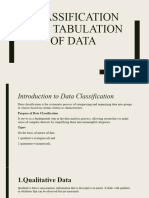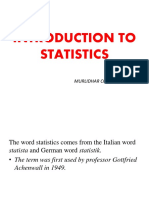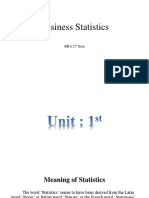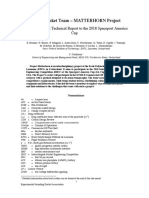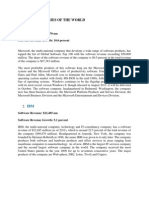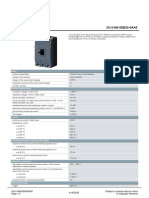0% found this document useful (0 votes)
18 views7 pagesUnit 3 Statistics and Probability
Unit 3 focuses on the classification and tabulation of data, emphasizing the importance of organizing raw data into meaningful groups for analysis. It outlines various classification methods, including geographical, chronological, qualitative, and quantitative classifications, and explains the process and advantages of tabulation. The document also details the components of a table, general rules for tabulation, and types of tables based on construction and purpose.
Uploaded by
debubk631Copyright
© © All Rights Reserved
We take content rights seriously. If you suspect this is your content, claim it here.
Available Formats
Download as PDF, TXT or read online on Scribd
0% found this document useful (0 votes)
18 views7 pagesUnit 3 Statistics and Probability
Unit 3 focuses on the classification and tabulation of data, emphasizing the importance of organizing raw data into meaningful groups for analysis. It outlines various classification methods, including geographical, chronological, qualitative, and quantitative classifications, and explains the process and advantages of tabulation. The document also details the components of a table, general rules for tabulation, and types of tables based on construction and purpose.
Uploaded by
debubk631Copyright
© © All Rights Reserved
We take content rights seriously. If you suspect this is your content, claim it here.
Available Formats
Download as PDF, TXT or read online on Scribd
/ 7





